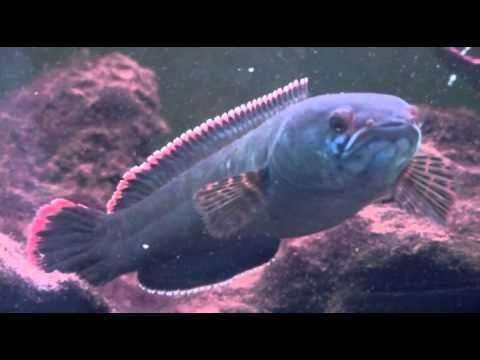Kingdom Animalia Genus Channa Phylum Chordata Rank Species | Family Channidae Scientific name Channa orientalis Higher classification Channa Order Perciformes | |
 | ||
Similar Channa, Snakehead, Channa punctata, Barca snakehead, Channa marulius | ||
The Ceylon snakehead (Channa orientalis) is a snakehead species. They are freshwater fish that grow to a maximum size of approximately 15 cm (6 in), so are a member of the informal dwarf snakeheads. They originate from southwest of the island of Sri Lanka. They are predatory fish that feed on plankton, insects, and sometimes small amphibians. They can breathe on land for short periods of time because they have accessory respiratory organs through which they can use atmospheric oxygen to breathe. During wet weather, they can survive on land for more than four days, but if their bodies dry up, they die because it become difficult for them to exchange atmospheric oxygen. They are hardy fish that can survive environmental changes and have a good tolerance to high acidity in water. The Ceylon snakehead is, according to existing reports, a mouth brooder like many Channa species. The male carries the eggs while the female guards the territory. The male is less active during this period and is often seen close to the surface. The fry remain with the male until they can take care of themselves. Females may catch stray fry and return them to the mouth of the male. The fry are ejected via the gill openings. They are called ulka in Bengali.
